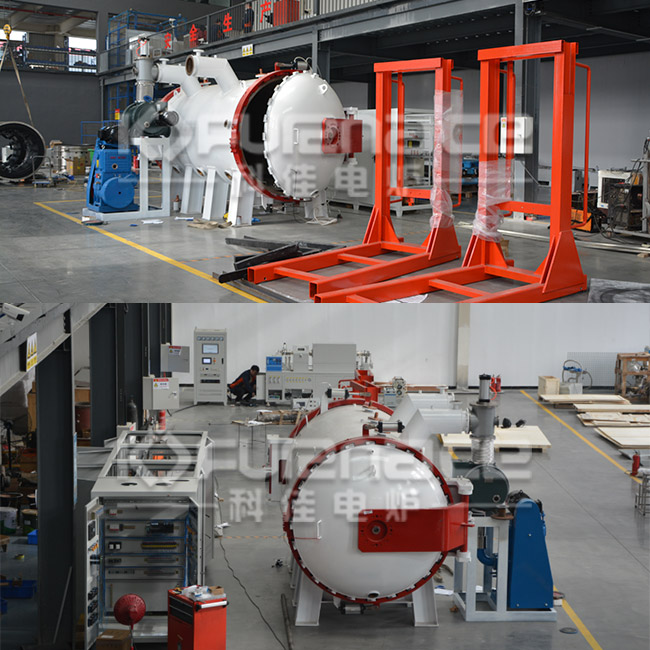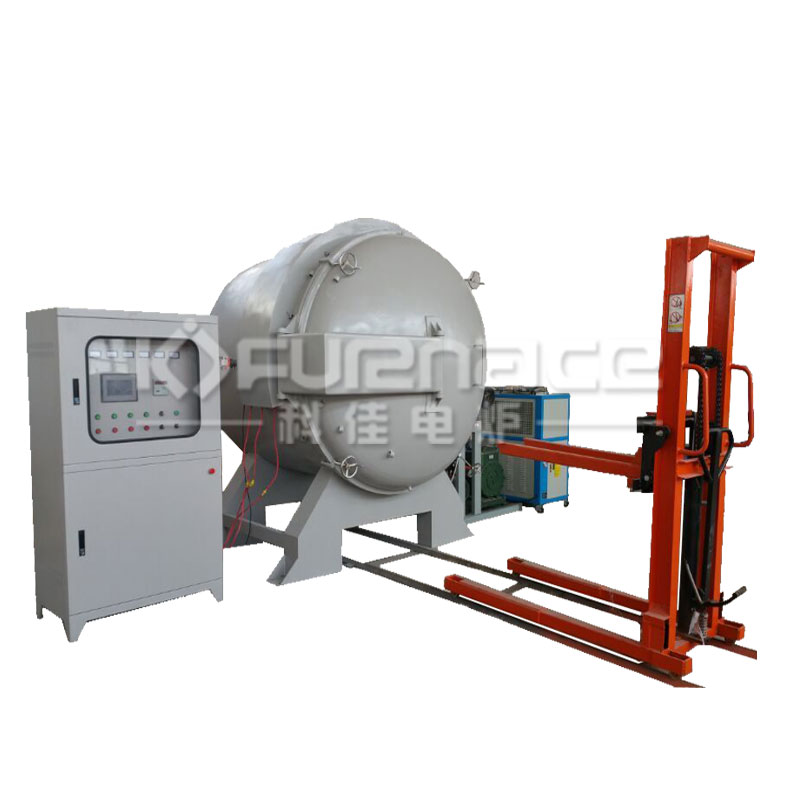The selection of industrial vacuum furnaces is a comprehensive consideration process involving multiple factors. Here are some key steps and points to help you make a reasonable choice:

Industrial vacuum sintering furnace (click on the image to view product details)
1. Clarify process requirements
Heating temperature: First, determine the required heating temperature range. The heating temperature of a vacuum furnace is generally between 1600-2000 degrees, but the specific temperature depends on your process requirements. Ensure that the selected vacuum furnace can meet your maximum temperature requirements.
Vacuum degree: The vacuum furnace has three types of vacuum systems to choose from: low, medium, and high. Choose the appropriate vacuum degree according to your process requirements. Common vacuum components include rotary vane pumps, Roots pumps, molecular pumps, diffusion pumps, etc. High vacuum degree can effectively avoid problems such as oxidation, evaporation, and pollution, and improve the purity and uniformity of materials.
2. Consider cooling methods
There are two cooling methods for vacuum furnaces: water cooling and air cooling. Choosing the appropriate cooling method is crucial for the performance and lifespan of a vacuum furnace. Generally speaking, the oil cooled water cooling method is suitable for high-temperature rapid cooling, while the air cooled method may be more suitable for certain specific materials or processes.
3. Select heating element
There are various forms and materials available for heating elements in vacuum furnaces, such as resistance wires, silicon carbon rods, silicon molybdenum rods, etc. The performance and applicability of these heating elements vary, so it is necessary to choose the appropriate heating element form and material according to your process requirements.
4. Evaluate the control system
The control system is the core part of the vacuum furnace, and ensuring its reliability and completeness is crucial. A good control system should have functions such as monitoring, fault display, and recording to ensure the stability and safety of the process. At the same time, the operating interface of the control system should be user-friendly and easy for operators to quickly get started.
5. Consider other factors
Furnace structure and size: Choose the appropriate furnace structure and size according to the production site and process requirements.
Installation method: Consider the installation method and convenience of the vacuum furnace.
Reaction between heated object and furnace: Evaluate whether the heated object may react with the furnace material to avoid potential safety risks.
Manufacturer’s reputation and after-sales service: Choose manufacturers with good reputation and high-quality after-sales service to ensure timely technical support and maintenance services during use.
6. Consulting professionals
If you still have doubts about the choice of vacuum furnace, you can consult professional technicians or sales personnel. They can provide professional advice and solutions based on your specific needs.

Industrial high-temperature vacuum furnace with sliding rail
So, choosing a suitable industrial vacuum furnace requires comprehensive consideration of multiple factors. By clarifying process requirements, considering cooling methods, selecting heating elements, evaluating control systems, considering other factors, and referencing market brands and prices, more reasonable and wise choices can be made.Click to learn more Vacuum Furnace! Or click on online customer service to learn more about product information!